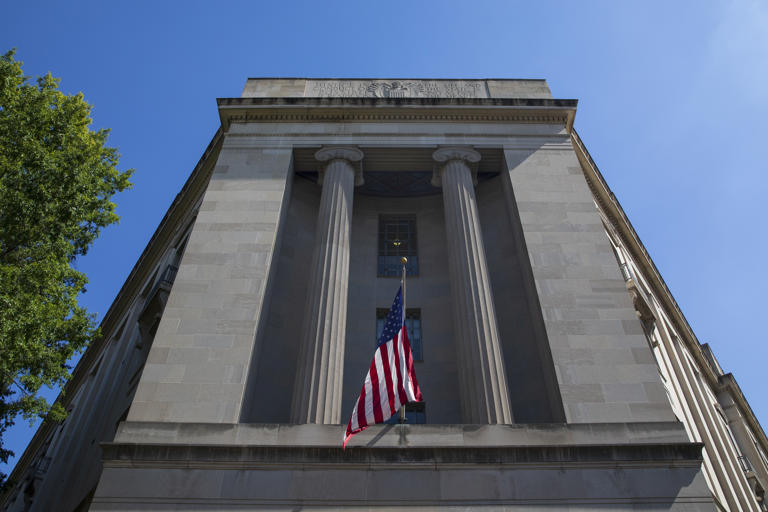begin quote from:
https://www.msn.com/en-us/news/politics/takeaways-from-the-government-filing-about-what-was-hidden-at-mar-a-lago/ar-AA11jFws
Takeaways from the government filing about what was hidden at Mar-a-Lago
In the ongoing legal battle about whether the government can keep the material FBI agents recovered from Mar-a-Lago this month, the government has now alleged that legal representatives of former president Donald Trump hid boxes of material and may have even given federal agents false information about handing it all over, according to an extraordinary late-night court filing Tuesday.
Here are three takeaways from this latest revelation.
1. Prosecutors may focus on whether obstruction was committed
Trump’s lawyers may have given false information to the FBI, prevented agents from fully searching the property this summer and then hidden documents that remained at Mar-a-Lago when the FBI left, according to this filing.
“Records were likely concealed and removed,” prosecutors wrote, and “efforts were likely taken to obstruct the government’s investigation.”
The FBI started investigating in May, and armed with a subpoena, agents went to Mar-a-Lago and met with Trump’s lawyers. They recovered 38 documents marked classified, prosecutors said, and a Trump representative acting as custodian of records signed a statement certifying that all material with classification markings had been returned to the government.
That turned out to be wrong. The FBI kept investigating and it found evidence, according to this new filing, that boxes had been moved before the prosecutors said they did a search for classified material.
Agents feared that some of the government’s top secrets were still in Trump’s possession, possibly nuclear secrets, The Washington Post has reported. Agents obtained a search warrant and recovered more than 100 classified documents, including some so secret that, according to the filing, “even the FBI counterintelligence personnel and DOJ attorneys conducting the review required additional clearances before they were permitted to review certain documents.”
Trump and the Mar-a-Lago documents: A timelineThis is all in addition to what National Archives officials took from the property this year. On Friday, the government released a heavily redacted version of its affidavit that justified searching Mar-a-Lago. It revealed that the National Archives recovered 184 documents marked classified, months before the FBI got involved. The FBI later said this batch included information collected from human informants and secretive national defense information.
That’s an astonishing amount of classified material, legal experts said.
To underscore their point, prosecutors attached to the court filing a remarkable photo showing a box of government material they said was recovered from Trump’s office. In it are bright-yellow-bordered folders marked “Top Secret,” as well as folders bordered in red and marked “Secret.”

2. There’s still no evidence Trump declassified any of this before he took it
Trump’s defense has always been flimsy: that he declassified the documents before taking them to Mar-a-Lago. This filing further punches a hole in that, with prosecutors pointing out that Trump’s lawyers have never argued that in court or in conversation or correspondence with the Justice Department about the documents. It’s true that presidents have broad declassification powers, but not for everything, and there’s a process and paperwork that needs to happen to declassify something.
There’s also no evidence of such paperwork, least of all for potentially hundreds of classified documents. In addition, former presidents don’t have that power.
That’s an astonishing amount of classified material, legal experts said. In comparison, when then-Democratic presidential nominee Hillary Clinton was investigated for improper handling of classified information as secretary of state, she had 113 emails containing classified information — far less material than Trump is accused of hoarding at Mar-a-Lago.
Takeaways from the redacted affidavit used for the Mar-a-Lago search3. We still don’t know why Trump took — and apparently insisted on keeping — these documents
This is one of the biggest mysteries of this whole saga.
The Post’s Josh Dawsey, Carol D. Leonnig, Jacqueline Alemany and Rosalind S. Helderman have reported that for the past year, Trump resisted handing much of anything over to the government, to the point where his allies feared he was “essentially daring” the FBI to come after them.
“These are the types of documents that would make most of us quiver to hold,” Barbara McQuade, a former U.S. attorney, told me this month, “let alone retain unlawfully.”
Rosalind S. Helderman contributed to this report.



No comments:
Post a Comment